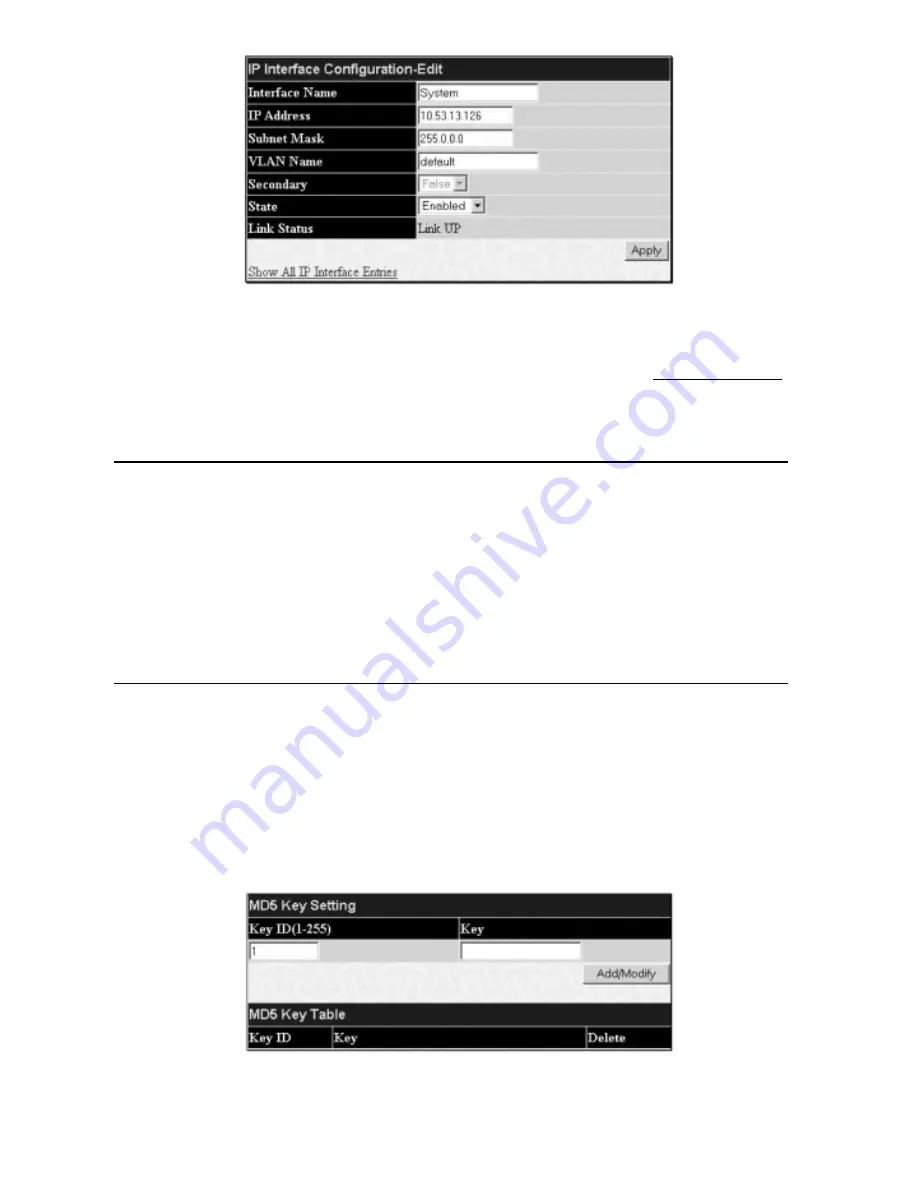
Figure 6- 87. IP Interface Configuration – Edit window
Choose a name for the interface to be added and enter it in the
Interface Name
field (if you are editing an IP Interface, the
Interface Name
will already
be in the top field as seen in the window above). Enter the interface’s IP address and subnet mask in the corresponding fields. Pull the
State
pull-down menu to
Enabled
and click
Apply
to enter to make the IP interface effective.To view entries in the
IP Interface Table
, click the Show All IP Interface Entries
hyperlink. Use the
Save Changes
dialog box from the
Maintenance
folder to enter the changes into NV-RAM.
The following fields can be set:
Parameter
Description
Interface Name
This field displays the name for the IP interface.The default IP interface is named “System”.
IP Address
This field allows the entry of an IP address to be assigned to this IP interface.
Subnet Mask
This field allows the entry of a subnet mask to be applied to this IP interface.
VLAN Name
This field allows the entry of the VLAN Name for the VLAN the IP interface belongs to.
Secondary
Use the pull-down menu to set the IP interface as
True
or
False
.
True
will set the interface as secondary and
False
will denote the interface as the primary interface of the VLAN entered above.
Secondary
interfaces can
only be configured if a
primary
interface is first configured.
State
This field may be altered between
Enabled
and
Disabled
using the pull down menu.This entry determines
whether the interface will be active or not.
Link Status
This read only field states the current status of the IP Interface on the Switch. Link Up denotes that the IP
interface is up and running on the Switch. Link Down will denote that the IP interface is not currently set
and/or enabled on the Switch.
Click
Apply
to implement changes made.
MD5 Key Table Configuration
The
MD5 Key Table Configuration
menu allows the entry of a sixteen-character Message Digest – version 5 (MD5) key which can be used to authenticate
every packet exchanged between OSPF routers. It is used as a security mechanism to limit the exchange of network topology information to the OSPF routing
domain.
MD5 Keys created here can be used in the
OSPF Interface Configuration
menu below.
To configure an
MD5 Key
, click the
MD5 Key
link to open the following dialog box:
Figure 6- 88. MD5 Key Setting and Table window
95
Allied Telesyn AT-9724TS High-Density Layer 3 Stackable Gigabit Ethernet Switch
















































